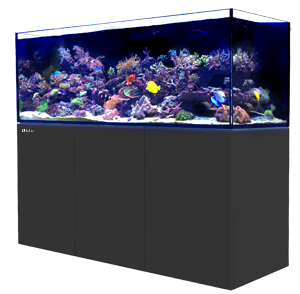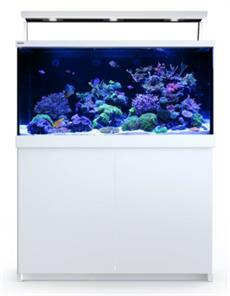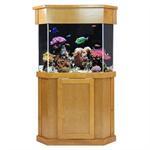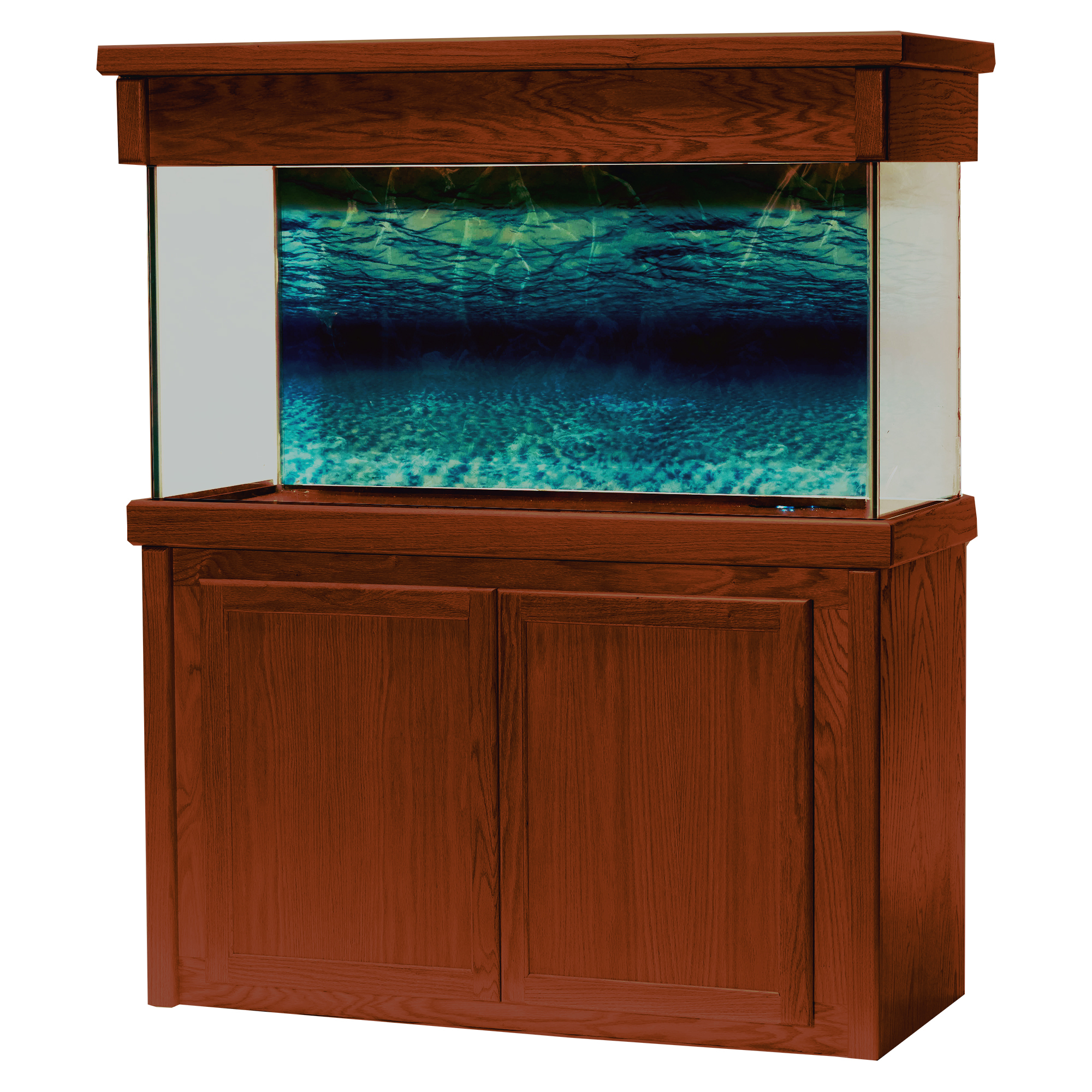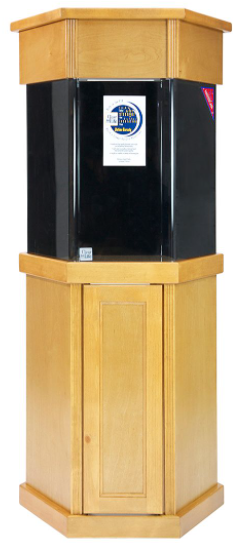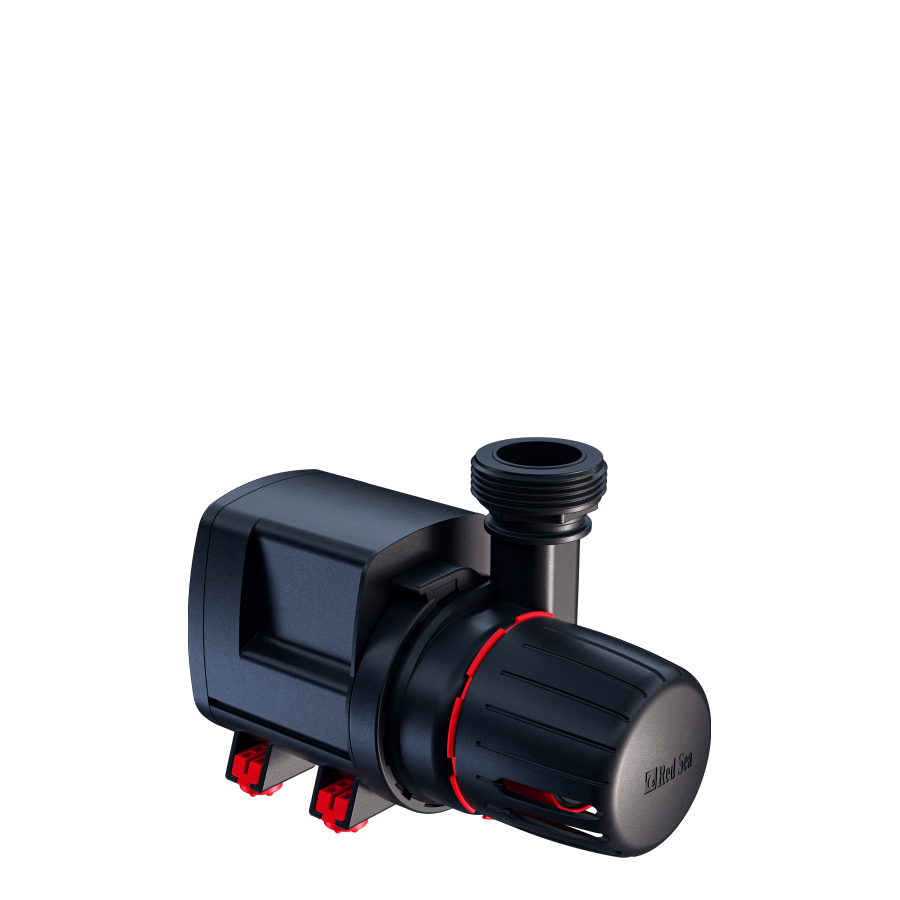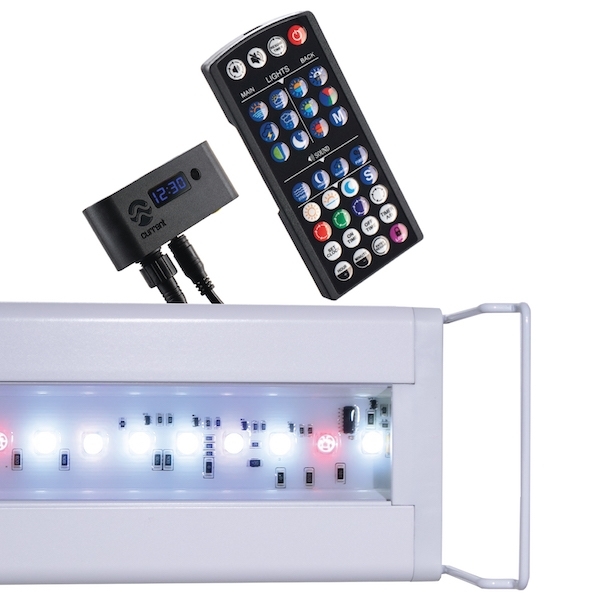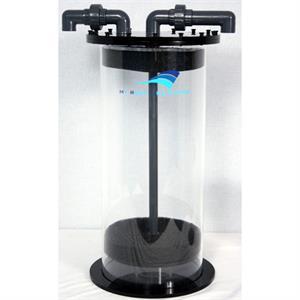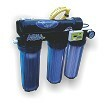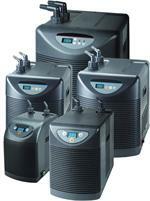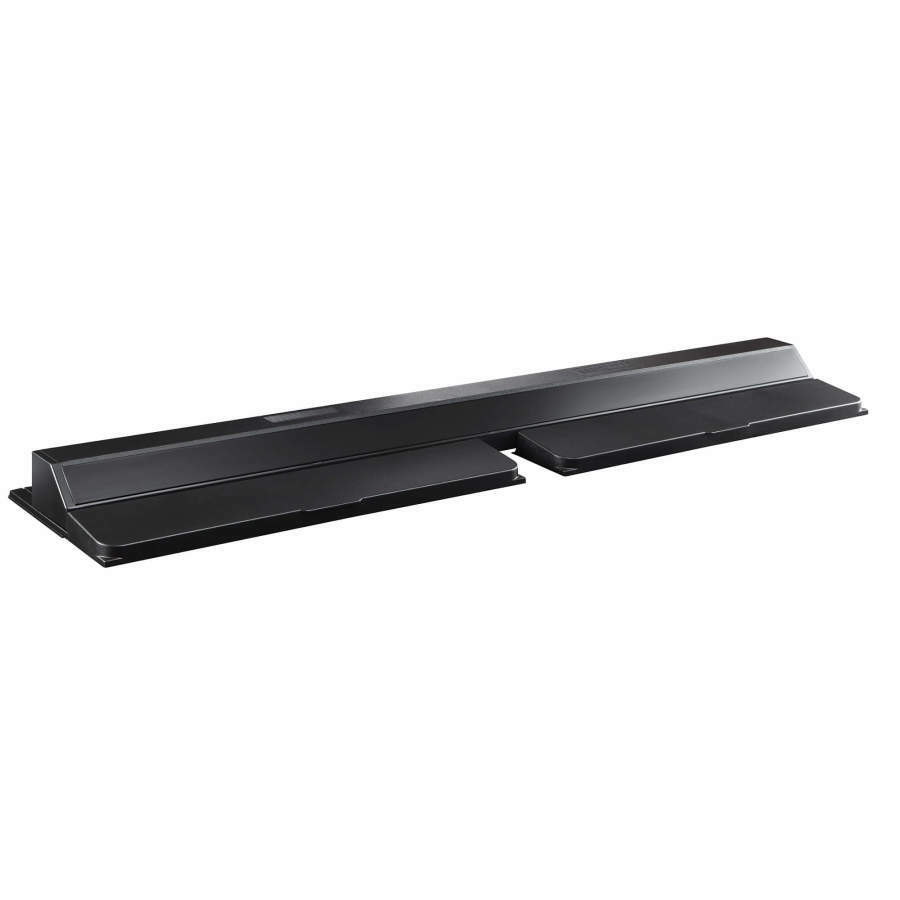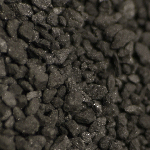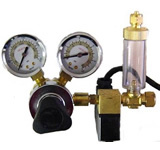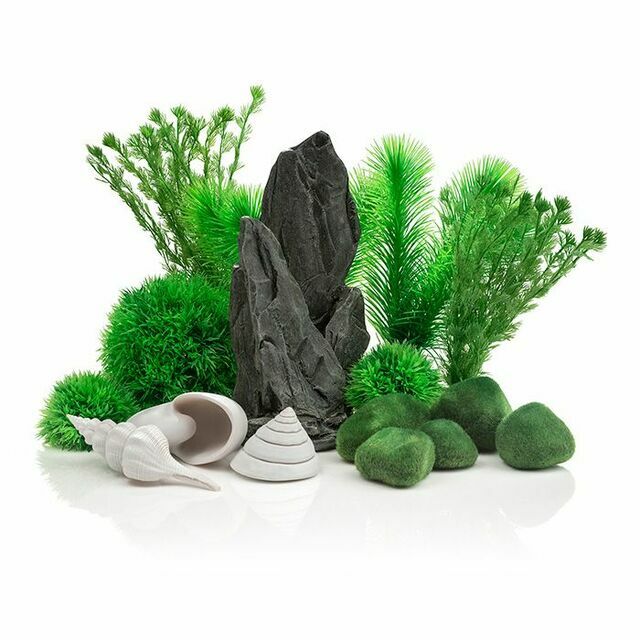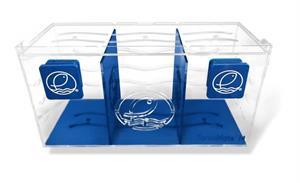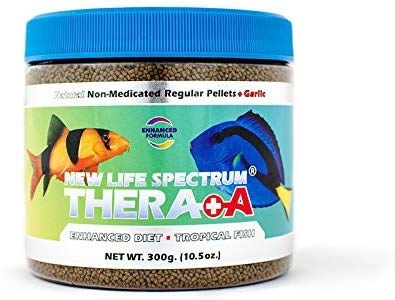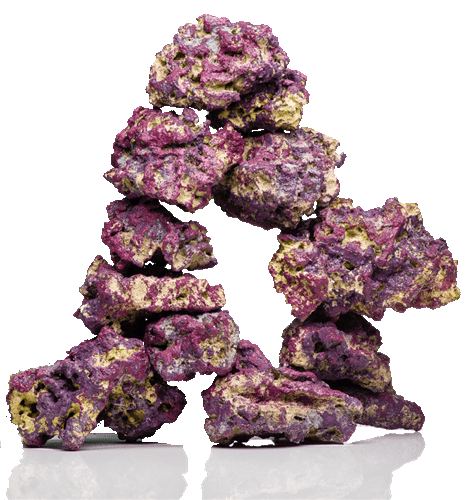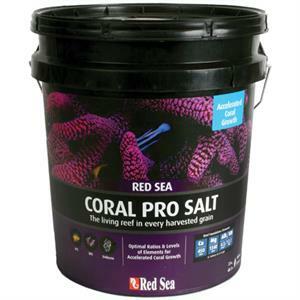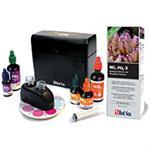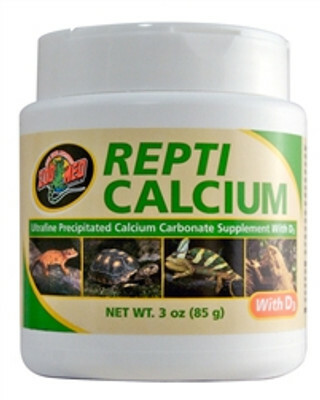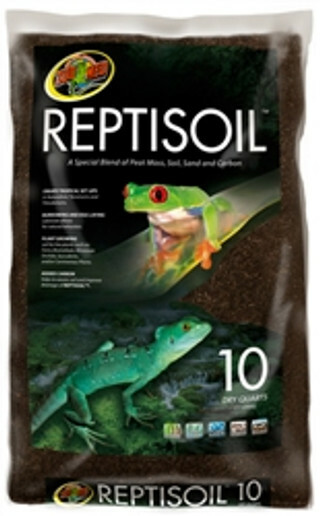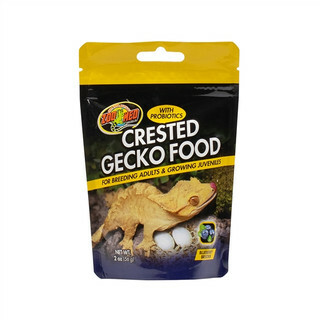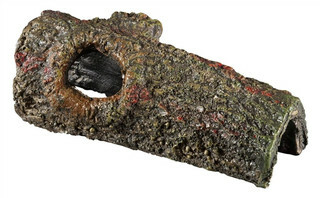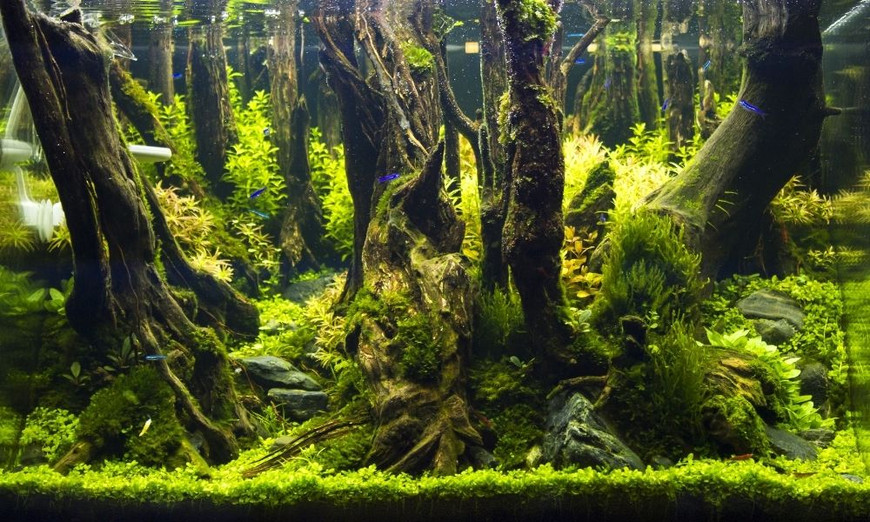4 Aquarium Maintenance Tips for Your Home Fish Tank
Fish Tanks Direct on Dec 7th 2021
You want to make sure you’re giving your fish the best potential home so they can be happy and healthy. That’s why regular upkeep of your aquarium is essential for them to continue to thrive in their environment. Below you will find four aquarium maintenance tips for your home fish tank that can help your pets flourish.
Change Out the Water Regularly
You should make sure you’re changing out at least ¼ of your tank’s water each month to stabilize nitrate levels and keep the inside clean. Doing this also helps reduce potentially hazardous phosphate concentrations that result from leftover food, waste, and other debris. It also provides a constant temperature range which enables your fish to remain vigorous.
What Are Nitrates?
Ammonia, a typical waste element you find in fish tanks, produces nitrate as a byproduct. It consists of fish excrement, leftover food, and aquatic vegetation.
Nitrate levels beyond a certain threshold are detrimental to younger fish, affecting their development. Additionally, the same circumstances that create high nitrate levels often result in low oxygen levels, further stressing your fish.
What Are Phosphates?
Phosphates, like nitrates, result from waste products found in aquariums. All fish tanks have a small quantity of phosphate, but complications happen when the levels increase.
The phosphate itself isn’t usually harmful to your fish, but it spurs the growth of algae blooms. This “green water” leeches the oxygen in your tank and can suffocate your pets if you don’t remove it.
Only Change Out 25% of Water at a Time
You should leave your fish in the tank while you’re changing the water and never change all the water at one time. Removing your fish from their tank can stress them out, and you can accidentally hurt them. Completely replacing all the water can destroy helpful bacteria and completely reset your nitrogen cycles, which may kill your fish.
Keep Proper pH Balance Along With Other Chemical Levels
Your tank’s pH levels measure the proportion of alkalinity and acidity in the water. A simple pH test kit from a pet store or online is all you need to keep track of these levels. Freshwater fish thrive in aquariums with pH values ranging from 6.6 to 6.8., while pH ranges of 7.6 to 8.4 are ideal for saltwater fish.
You’ll also need to monitor the tank for the right levels of ammonia, nitrate, and nitrite. These levels get affected by distinct factors such as the type of fish you own and the aquarium setup you have.
What Is Nitrite?
Nitrate is a noxious waste substance you can find in your tank that occurs when ammonia breaks down due to nitrifying bacteria in the biological filter. You need to test regularly for nitrite levels, because even low concentrations can affect your fish’s red blood cells, limiting their capacity to transport oxygen and causing asphyxia and eventually death. As a rule, your nitrite levels should be 0 ppm (parts per million) to ensure a healthy environment.
What To Do When Nitrite Is Present
Temporarily reduce the amount of food you feed your fish when you detect any amount of ammonia or nitrite. If the nitrite levels are over 0.5 ppm, do an immediate small water change in your aquarium. Try to take out as much waste from the bottom of your tank as possible.
Condition Your Water Correctly
Keep in mind that while minerals such as chlorine and other properties in your tap water are safe for humans, they can have a detrimental impact on the health of your fish. To successfully support your fish, you’ll need to correctly balance the water; otherwise, your tank may not sustain aquatic and plant life. To do this, you’ll need to condition the water using biological agents and supplements to filter out these unwanted properties.
Why Does Chlorine Need To Be Removed?
Water treatment plants add chlorine to water because it eliminates bacteria, viruses, and other germs that cause illnesses. Unfortunately, chlorine and chloramines (which form when ammonia is also added to water) are also deadly to aquarium fish.
Elevated levels of these chemicals destroy fish gill tissues, leading to fish being unable to breathe. Even modest quantities of these chemicals can agitate the tissues and endanger the fish. Agents such as liquid sodium thiosulfate can eliminate chlorine when you’re adding tap water to the tank.
Acclimate the Fish To Their New Home
Many fish species are sensitive to novel changes in their environment and could go into shock without acclimating to their new home. You’ll need to make sure the chemical levels inside your tank match the ideal levels for that species of fish. It’s an incredibly involved process but one that’s necessary for the continued health of your aquatic pets.
How To Acclimate Your Aquatic Pets
To begin, turn off any aquarium lights to prevent stressing out the fish. After that, you’ll need to let the bag they’re in float in the aquarium at least 15 minutes but no longer than an hour so they can adjust to the temperature of the tank. Make sure the bag is stable so it doesn’t flip over.
Then, add 1/2 cup of tank water to the bag. Sit tight for 15 minutes, then repeat. This gradual transition allows your new fish to adjust to changes in temperature and pH balance, as well as new nutrition levels, oxygen concentration, salinity, noises, and lights.
Once the bag is full, remove about half of the water into a bucket underneath (don’t do this over a sink or you risk the fish dropping down the drain). Then refloat the bag and start the process over again. This helps further acclimate your fish to its unfamiliar environment. Once the bag is full again, slowly pour out as much water as you can, without hurting the fish, into the bucket.
Finally, grip the bag’s bottom corner and lower it into the tank. Then, lift the bottom corner and let the fish swim out into the aquarium. Take the rest of the water in the bag and dump it in the bucket or the sink, but don’t put it back in the tank.
Tips for Adding Fish To a Community Tank
When you’re placing a new fish into an already thriving community tank, you should try and quarantine the fish in a separate tank for at least two weeks before you add it to the aquarium. If you don’t have a spare aquarium, you’ll need to pay close attention to the surroundings inside the vendor’s tank. Look for dead or unhealthy fish, as well as other unwanted elements, and avoid buying fish from that vendor if you notice them.
We hope these four aquarium maintenance tips for your home fish tank help you create a sustainable environment for your aquatic pets. Fish Tanks Direct offers a comprehensive range of aquarium tanks for sale that are the perfect home for your fish. Feel free to contact us with any questions about our products!


